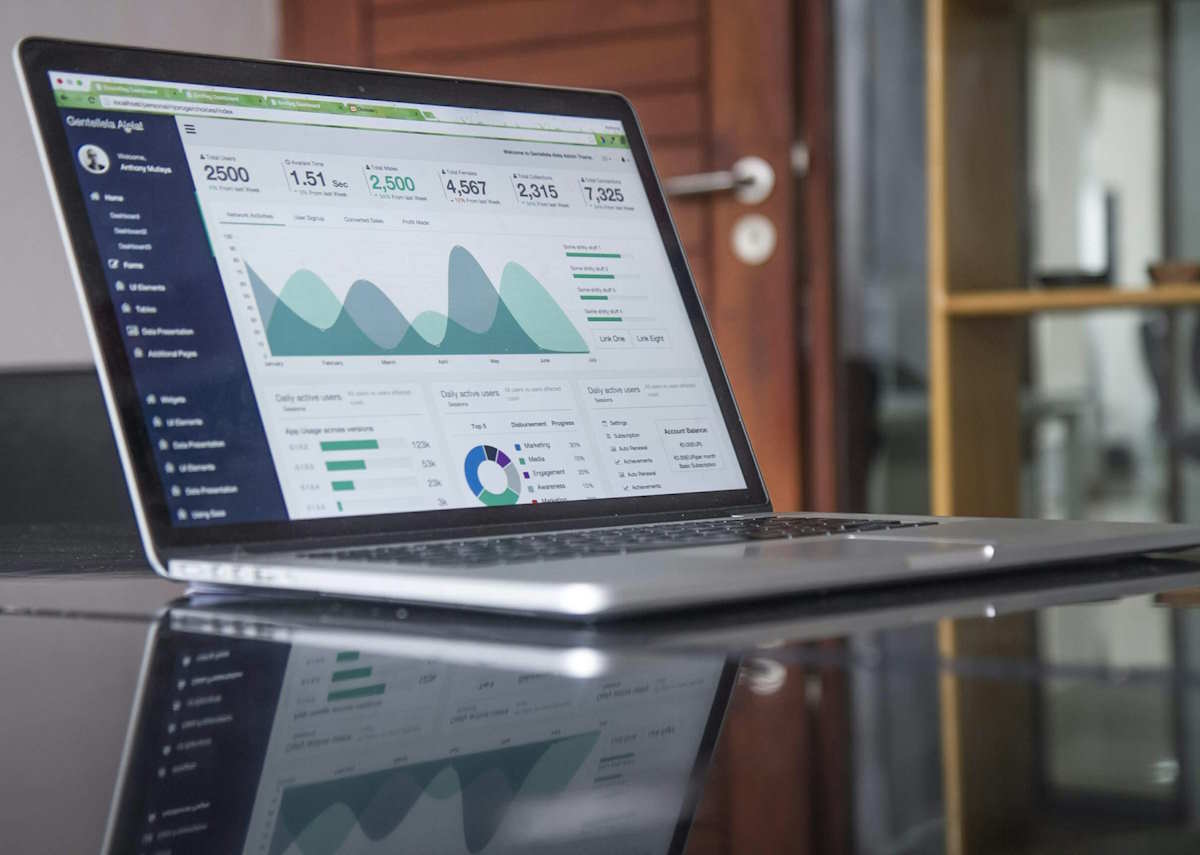Promotional merchandise, also termed freebies, swag, or branded items, is more than just a powerful giveaway; it’s also an underrated marketing and investment tool. While brand visibility, as one of its benefits, is easily noticeable, other deeper values need more strategy and understanding. Do you know how to measure promo merchandise’s true return on investment (ROI)?
This article shall help you understand how brands authentically measure ROI, using tracking tools through cost calculators, along with comparisons in B2B and B2C scenarios, and useful insights from Fresh promotions.

The psychology behind the effectiveness of promotional merchandise
Before we get to ROI measurement, it would help to understand why promotional merchandise works:
Tangible branding: In contrast to online ads, physical products are of use in consumers’ lives for a longer time. Imagine a few seconds of a social media ad vs. a branded coffee cup used in everyday life.
Emotional connection: Practical, high-utility, or high-quality products promote positive brand identity and association.
Reciprocity principle: When a person receives free merchandise, as much as they are grateful, there also lies a compulsion to return the favor, often via purchase or brand loyalty.
The Promotional Products Association International (PPAI) conducted a study and found that about 85% of the consumers remember the branded promotional item they received, demonstrating its lasting impact.
Beyond impressions: Tracking tools for promotional campaigns
A branded tote bag or a pen can collect thousands of impressions, but how do you turn those impressions into organic actions? Here are a few innovative options:
QR codes and NFCs
Adding unique QR codes or NFC chips (Near Field Communications) on your branded promo products removes the distance between digital and physical engagement. You can:
- Print QR codes on individual promo products like water bottles or bags to quantify scans and actual conversions.
- Link each code to a particular landing page to monitor where traffic originates.
UTM links
Unique tracking links help assign website traffic to specific product campaigns.
- Add URL-printed tags with your UTM parameters.
- Assess referral traffic through Google Analytics to measure time-on-site, purchase behavior, and site visits originating from the item.
Promo cards with offers/discounts
Include promo cards, such as a 10% discount offer, with a unique code disbursed with the merch, because the redemption rate equals direct conversion metrics.
Digital activation
Join mobile apps or AR experiences that activate after QR scans. This helps deepen engagement and tags individual participation.
These options imply that integrating digital tracking with physical item distribution allows product campaigns to be measured in impressions, lead generation, engagement, and sales growth.

Statistical deep dive: Measurable impact of promotional merchandise
Proven statistics back the effectiveness of promotional campaigns:
- As per Fresh Promotions Australia, 45% of companies reportedly saw a 10% hike in sales as a result of strategic merchandise distributions. This number is supported by other studies in the US market, with promotional merch increasing sales by up to 15%.
- Recipients of the promotional products:
| 75% are more likely to repurchase |
| 73% are more likely to associate with the brand |
| 90% of them remember the brand, compared to low recall rates with digital ads |
| Items are retained for around 8-16 months, generating sustained impressions |
These statistics represent how promotional products not only increase sales but also create brand equity and loyalty in the long run.
Template: Cost-per-impression calculator
Brands doing promotional campaigns must understand CPI (Cost per impression) to quantify ROI. Here’s a sample spreadsheet structure you can incorporate:
| Item description (e.g., Branded coffee mug) | Units ordered | Total cost (design, printing, packaging, shipping, etc.) | Estimated useful lifespan (in months) | Impressions per month (per item) | Total impressions = Units × Lifespan × Impressions/month | CPI = Total costs ÷ Total impressions |
| Mug | 500 | $75,000 | 12 | 30 | 180,000 | 0.417 |
This sample shows that each branded coffee mug costs just $0.417 per impression, which is a mere margin of digital ads CPIs ($470 per 1000 impressions for display ads).
While preparing your ROI spreadsheet, other than the sample above, you can also add more particulars in the columns like:
- Specifically tracked conversions, say, promo code users, QR scans, etc.
- Measure revenue generated and calculate ROI = (Revenue − Cost) ÷ Cost.
B2B vs. B2C comparisons
Below are two instances for B2B and B2C comparisons.
B2B (Corporate sector)
Scenario: A corporate event distributes promotional USB drives filled with QR-coded whitepapers for lead capture.
Tracking: Follow-ups to collect contact data, UTMs to track landing page visits, and QR codes to track downloads.
Outcome: Recipient engagement = 30%, Sales conversion = 10%, Average lead value = $20,000, ROI = 200%.
B2C (Hospitality)
Scenario: A resort offers branded eco-drinkware embedded with a QR code to exclusive resort benefits.
Tracking: QR scans register guests, 25% redemption on experiences.
Outcome: Average additional expense per guest = $5,000, 25% uptake = $1,250 average incremental revenue per guest, ROI = 400%.
| Sector | Sample size | Engagement rate | Conversion rate | Revenue per unit | ROI |
| Corporate (B2B) | 1000 | 300 (30%) | 10% | $20,000 | 200% |
| Hospitality (B2C) | 2000 | 500 (25%) | 25% | $5,000 | 400% |
These case studies highlight B2B ROI arising from high-value conversions, while B2C collects volume through repeat visits and high brand affinity.

Strategic recommendations
Choose products your consumers will cherish: A high-quality and practical item produces better impressions and connections than cheap promotional items.
Track with purpose: Do not just do a giveaway blindly; instead, add UTM links, promo codes, or QR codes in every item.
Focus on sustainability: Eco-friendly products resonate better and more deeply with modern consumers, which also aligns with CSR goals.
Assess short and long-term ROI: Similar to ‘Think With Google”, it is wise to measure hidden ‘holistic’ returns and upfront ROI over time.
Align brand and promo campaign goals: B2B and B2C sectors have varied goals, requiring tailored strategies. So, prioritize value per conversion vs. frequency of impressions.
Last words
Promotional merchandise does bring more brand visibility, but it is also a multi-year investment and measurable. So, for brands seeking to maximize ROI and promotional impact, go to Fresh Promotions for data-driven, tailored solutions.

















